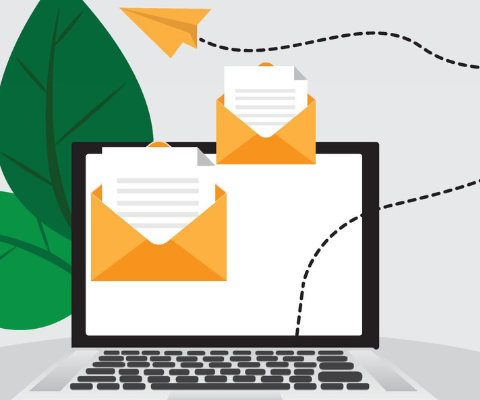
6 Best Practices for Managing and Growing Your Email List
Email marketing remains one of the most effective digital strategies for businesses operating online. However, the success of your email marketing efforts heavily relies on the strength and loyalty of your email list. To achieve a robust and evergreen list that drives top results, it’s essential to focus on email list management best practices.
What is email list management?
Email list management involves a range of tasks aimed at growing, segmenting, and maintaining a healthy email list. It encompasses actions to ensure the growth and health of your subscriber base, including managing bounced emails, segmenting lists, and running re-engagement campaigns.
Maintaining a healthy list is crucial for achieving desirable results from your email campaigns. But before delving into how to build a healthy list, let’s define what makes a list healthy.
What constitutes a healthy list?
A healthy email list revolves around two key factors: engagement and churn.
Engagement is key
Engagement plays a vital role in determining the success of your email campaigns. Without engagement, your emails may go unread or end up in spam folders, adversely affecting your sender reputation and deliverability.
Churn, on the other hand, refers to the rate at which subscribers leave your list, either through unsubscribing, marking emails as spam, or bouncing. While some churn is inevitable, effective list management practices can help minimize it to a manageable level.
Now that we understand what makes a list healthy, let’s explore six best practices for managing and growing your email list.
Extend a warm welcome to new subscribers
The journey of list management begins with making a positive impression on new subscribers. Send them a personalized welcome email or series to express gratitude for joining your list. Use this opportunity to set expectations regarding email frequency and content while encouraging them to whitelist your email address to avoid spam filters.
Additionally, provide clear instructions on how subscribers can adjust their preferences or unsubscribe if needed.
Allow subscribers to choose their email frequency
Give subscribers the option to control how often they receive emails from you. Research shows that excessive email frequency is a top reason for unsubscribing. Allowing subscribers to tailor their email preferences not only enhances engagement but also demonstrates respect for their preferences.
Maintain list hygiene
Regularly clean your email list to ensure its health and effectiveness. Remove duplicate or invalid email addresses, update outdated information, and delete addresses that consistently bounce. Keeping your list clean enhances deliverability and prevents issues with spam filters.
Re-engage or remove inactive contacts
Identify and segment inactive subscribers who haven’t engaged with your emails for an extended period. Consider running re-engagement campaigns to reignite their interest in your content. If re-engagement efforts fail, remove these contacts from your list to improve its overall quality and engagement metrics.
Simplify the unsubscribe process
Make it easy for subscribers to opt-out of your emails if they no longer wish to receive them. Including a prominent unsubscribe link in your emails not only complies with regulations but also fosters trust and transparency with your audience.
Never purchase email lists
Avoid the temptation to purchase email lists, as this practice not only violates regulations but also leads to low-quality leads and potential legal consequences. Focus on growing your list organically through permission-based tactics, such as opt-in forms and incentives.
By implementing these best practices, you can effectively manage and grow your email list, leading to improved deliverability, engagement, and overall success of your email marketing campaigns.
































